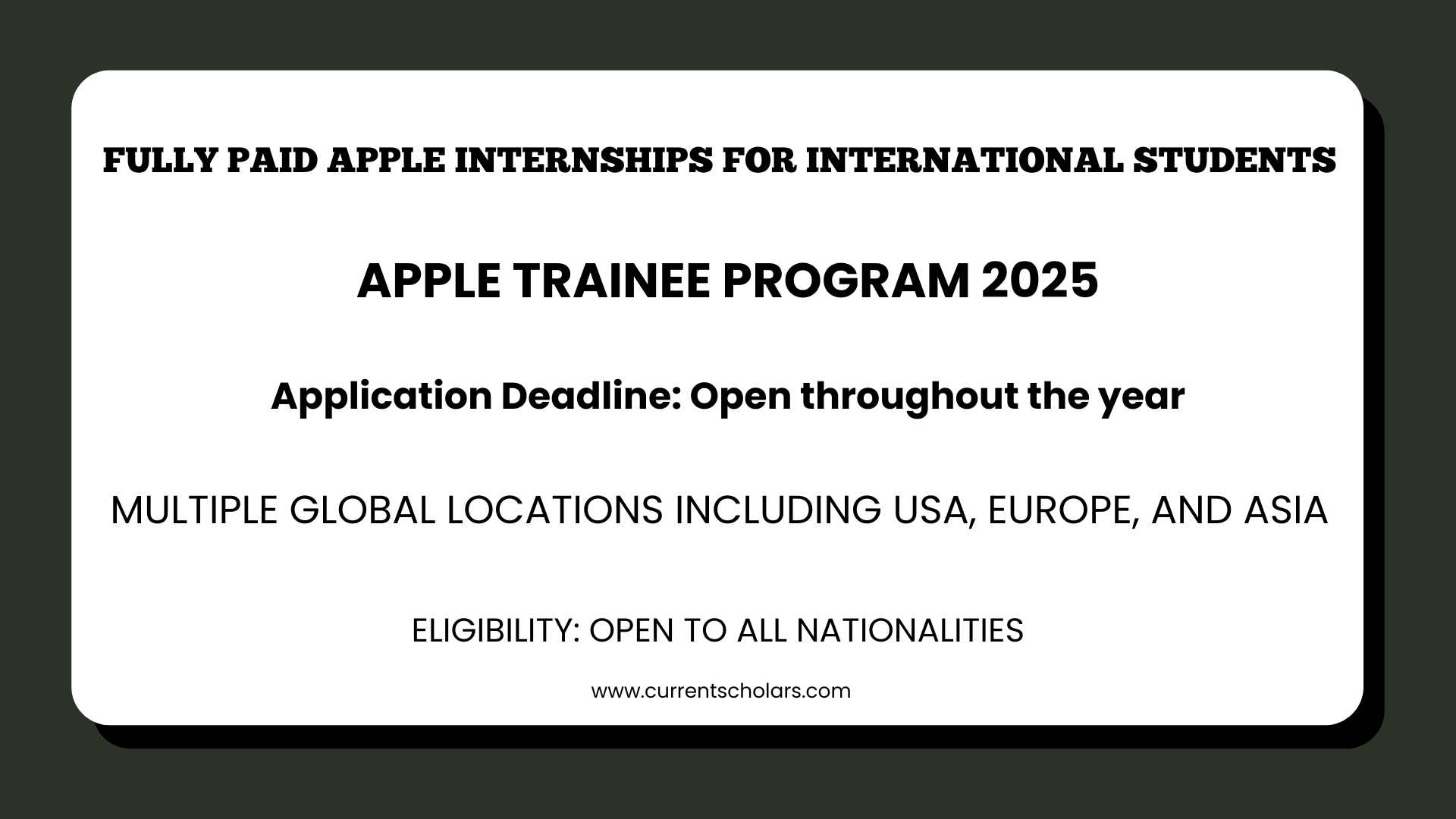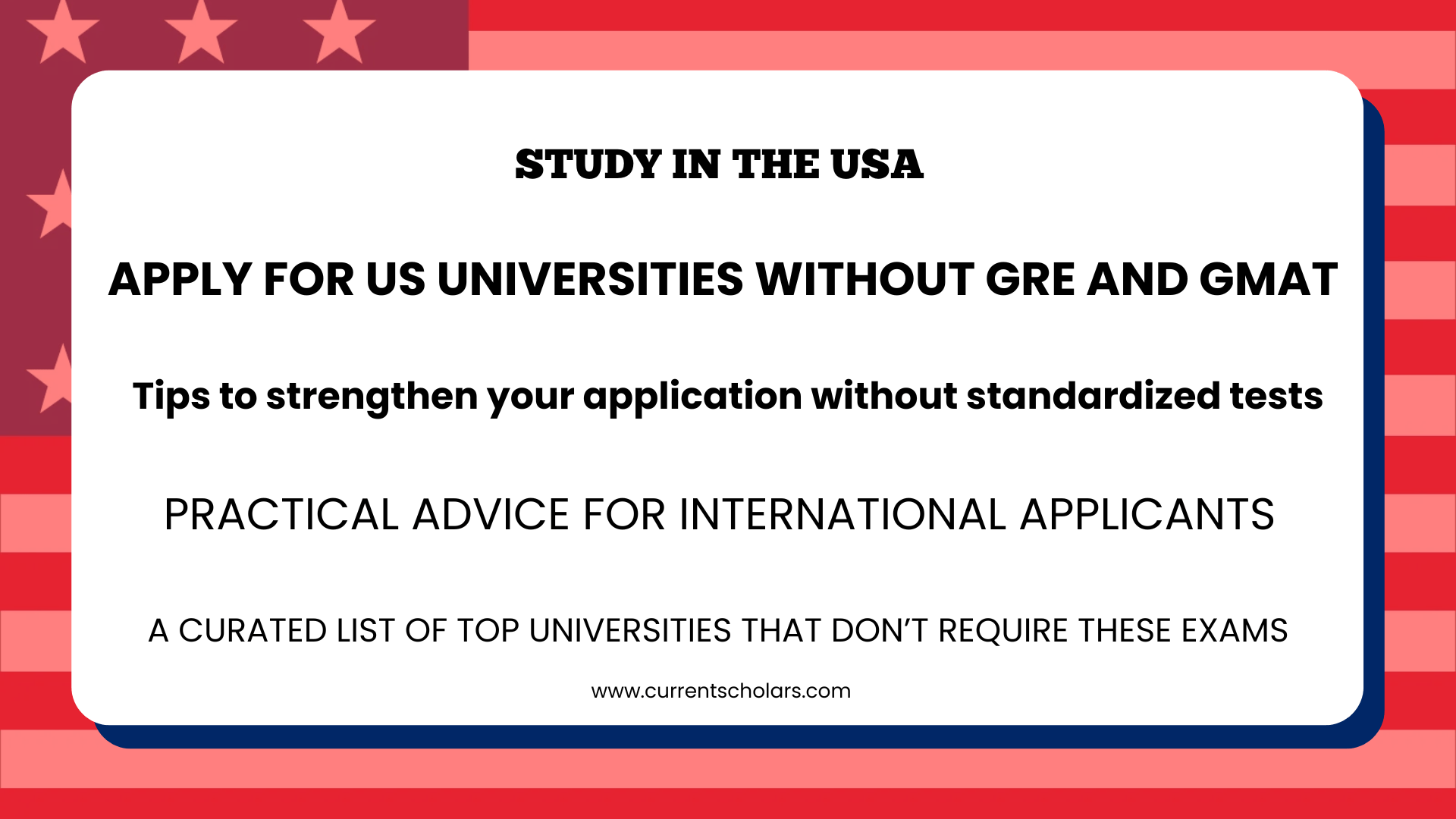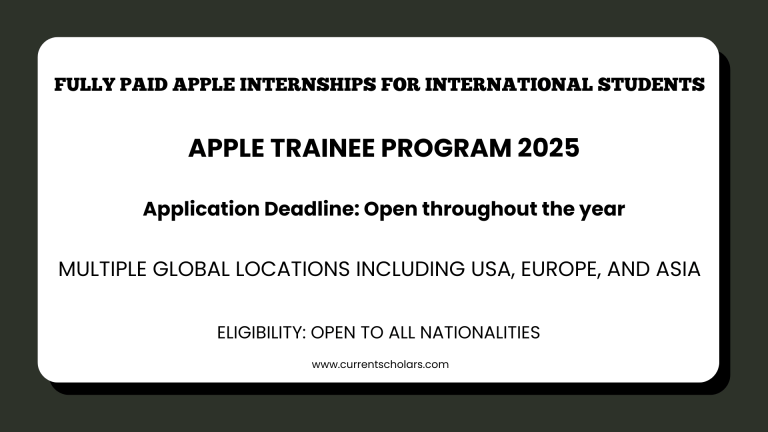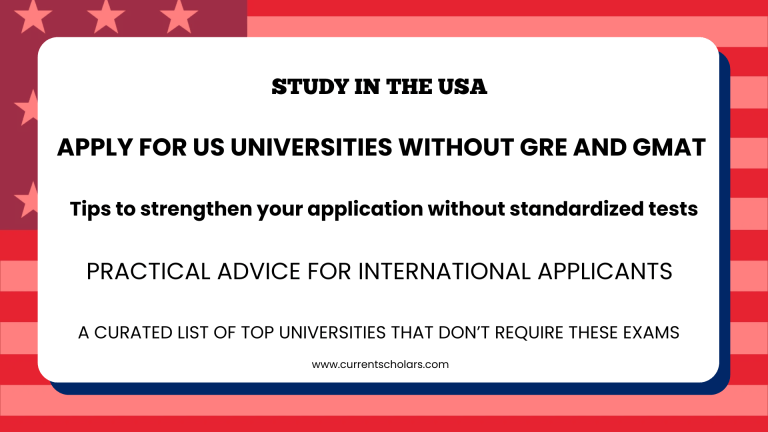College admission season is an exciting yet overwhelming time. As the May 1st decision deadline approaches, high school seniors and transfer students must decide which college to attend. This decision carries significant weight, as it influences academic growth, career opportunities, finances, and personal development.
Choosing the right college isn’t just about selecting the most prestigious school or the one with the best sports team—it’s about finding the institution that aligns with your goals, budget, and personal values. To help you make a confident and informed decision, this guide will walk you through key factors to consider, including academic fit, financial affordability, campus culture, career opportunities, and more.
By the end of this post, you’ll have a clear understanding of how to evaluate your options and confidently accept your best-fit college.
1. Academic Fit: Finding the Right Program for Your Goals
Evaluate the Strength of Your Major
Your major is the foundation of your academic journey, so it’s essential to choose a college with a strong program in your field of study. Consider the following:
-
Curriculum Structure: Compare course requirements across colleges. Some institutions offer flexibility with electives, while others have a rigid course plan.
-
Specializations & Concentrations: Schools with multiple concentration options within a major allow for more tailored learning.
-
Faculty Expertise: Research professors in your department to assess their qualifications, research work, and industry connections.
-
Facilities & Resources: Check if the school has modern labs, libraries, and technology to support your studies.
-
Class Sizes: Smaller classes mean more personalized learning, while larger classes may offer a broader network and diverse discussions.
Accreditation & Reputation
Make sure your chosen college is accredited by a recognized agency. Accreditation ensures academic quality and is essential for transferring credits, earning professional certifications, and securing job opportunities after graduation.
Example:
If you’re interested in engineering, attending an ABET-accredited program can improve your job prospects. Similarly, business students should look for AACSB-accredited programs.
2. Financial Fit: Choosing a College You Can Afford
Compare Total Costs and Financial Aid Offers
Many students focus only on tuition, but the total cost of attendance includes:
-
Tuition and fees
-
Housing and meal plans
-
Textbooks and supplies
-
Transportation (flights, gas, or public transport)
-
Personal expenses
Evaluating Financial Aid Packages
Colleges offer different financial aid packages, including:
-
Grants & Scholarships: Free money that doesn’t need to be repaid.
-
Federal & Private Loans: Consider the interest rates and repayment terms before accepting loans.
-
Work-Study Programs: Some schools offer part-time jobs to help students cover expenses.
Example:
If College A offers a $20,000 scholarship but has a $50,000 tuition fee, while College B costs $30,000 with no scholarships, College B might still be the cheaper option in the long run.
Avoiding Student Loan Debt
Student loan debt can impact your financial future. Before committing, ask yourself:
-
Will I be able to pay off these loans within 10 years?
-
What is the average starting salary for graduates in my field?
-
Can I reduce costs by attending a community college first and transferring later?
Many students take on unnecessary debt by choosing expensive schools when more affordable options provide equal educational value.
3. Cultural Fit & Personal Priorities
Campus Environment & Social Life
Your college experience extends beyond the classroom. Think about:
-
Size of the School: Large universities offer more clubs, activities, and networking opportunities, while small colleges provide a tight-knit community and personalized attention.
-
Campus Diversity: Does the school promote inclusivity and represent different cultures, backgrounds, and perspectives?
-
Extracurricular Activities: From student government to cultural organizations, explore what’s available to enrich your experience.
-
Housing & Dining Options: Check if dorms are comfortable and if the dining halls cater to your dietary needs.
Location & Lifestyle Preferences
Would you prefer a college in a bustling city or a quiet rural town? Consider factors such as:
-
Climate: Can you handle snowy winters or prefer warm weather year-round?
-
Proximity to Family: Do you want to stay close to home or experience independence in a new state or country?
-
Transportation: Are public transport options accessible, or will you need a car?
Example:
A student who loves outdoor activities might thrive in a college near mountains, lakes, or hiking trails. Meanwhile, someone who enjoys nightlife and cultural events might prefer an urban campus with museums, theaters, and music festivals nearby.
4. Career & Internship Opportunities
Internships & Co-op Programs
Gaining real-world experience before graduation improves job prospects. Research:
-
Availability of Internships: Does the school have partnerships with companies in your field?
-
Co-op Programs: Some universities, like Northeastern and Drexel, offer paid co-op programs where students work full-time in their industry for a semester.
-
Alumni Network: A strong alumni network can help with mentorship and job referrals.
On-Campus Job Prospects
Working part-time during college helps reduce costs and build experience. Some key areas include:
-
Research assistant positions
-
Tutoring programs
-
Campus administrative jobs
-
Retail and food service jobs in the surrounding area
Graduate Employment Rates
Look up statistics on how many graduates secure jobs within six months of finishing their degree. Schools with strong career placement programs tend to have higher employment rates.
Example:
If a university boasts a 95% job placement rate for business students, that’s a good indicator of strong industry connections.
5. Other Considerations
Study Abroad & Exchange Programs
Studying abroad enhances cultural exposure and career opportunities. If this interests you, check if your college offers:
-
Exchange programs with universities in different countries
-
Scholarships or financial aid for study-abroad students
-
Programs relevant to your major in international locations
Support Services
A well-rounded support system can make your college experience smoother. Consider:
-
Academic Advising: Are advisors easily accessible to help with course selection?
-
Mental Health Services: Does the school offer free counseling and wellness programs?
-
Disability Services: If applicable, ensure the college has the necessary accommodations.
Campus Safety & Security
Research campus crime rates, safety measures, and available emergency services. A safe environment contributes to peace of mind and overall well-being.
Weighing Your Options
To organize your thoughts, create a college comparison chart and list your top choices with ratings on key factors such as academics, cost, location, and opportunities.
| Factor | College A | College B | College C |
|---|---|---|---|
| Academics | ⭐⭐⭐⭐⭐ | ⭐⭐⭐⭐ | ⭐⭐⭐ |
| Cost & Financial Aid | ⭐⭐⭐ | ⭐⭐⭐⭐⭐ | ⭐⭐⭐⭐ |
| Campus Culture | ⭐⭐⭐⭐ | ⭐⭐⭐ | ⭐⭐⭐⭐⭐ |
| Internship Opportunities | ⭐⭐⭐⭐ | ⭐⭐⭐⭐⭐ | ⭐⭐⭐ |
| Location | ⭐⭐⭐ | ⭐⭐⭐⭐⭐ | ⭐⭐⭐ |
If you’re still unsure, revisit the campuses (if possible), talk to current students, or attend virtual information sessions. Trust your instincts—your ideal college is the one that aligns best with your goals and values.
Make a Confident Decision
Choosing a college is a life-changing decision, but with the right approach, you can make a choice you’ll feel good about. By evaluating factors like academic fit, financial affordability, campus culture, and career opportunities, you’ll find the best institution for your future.
Now that you have a structured way to assess your options, take the next step! Research, compare, and finalize your decision before the deadline.
If you need help finding scholarships to ease your college expenses, start applying today. Many scholarships remain unclaimed because students don’t take advantage of them!
















